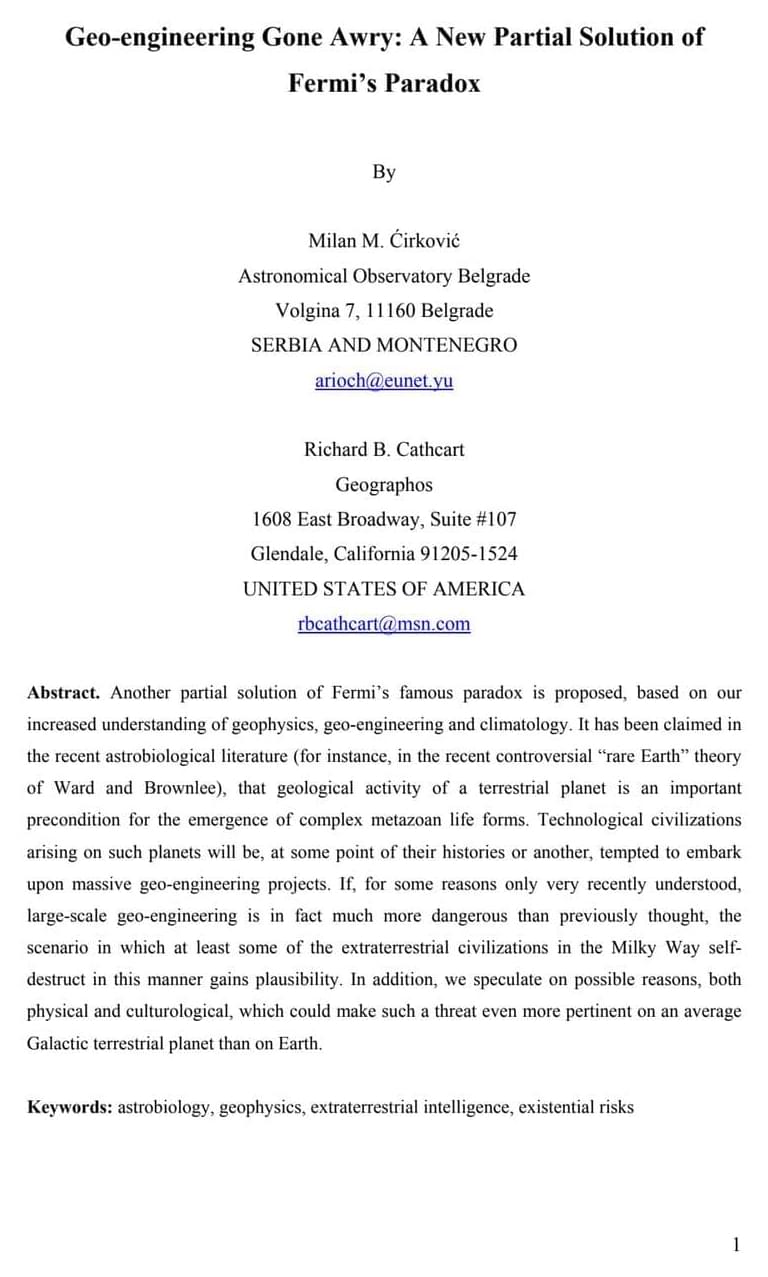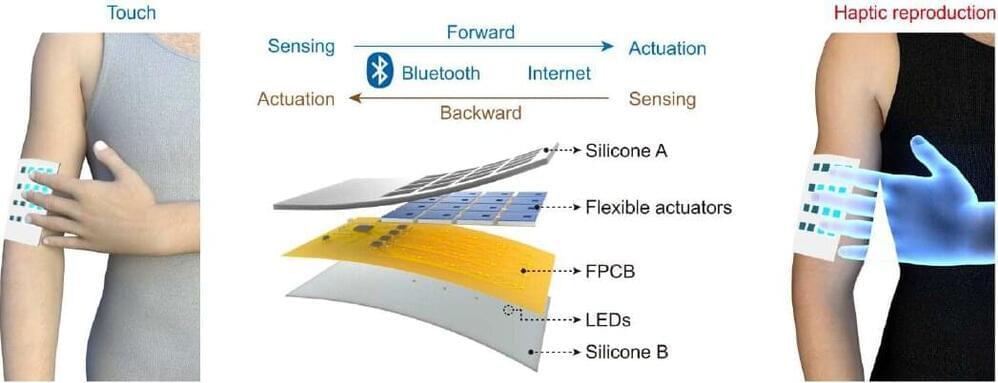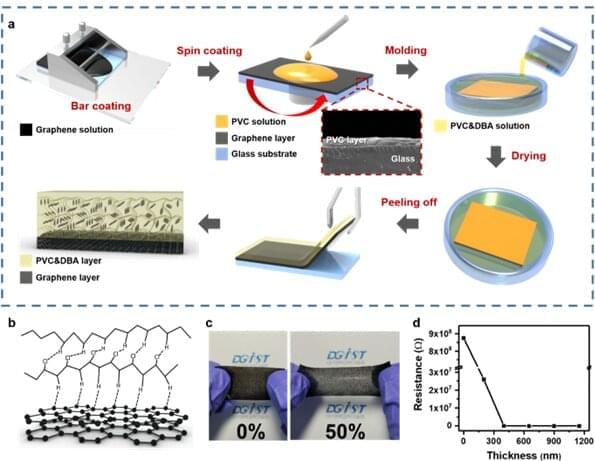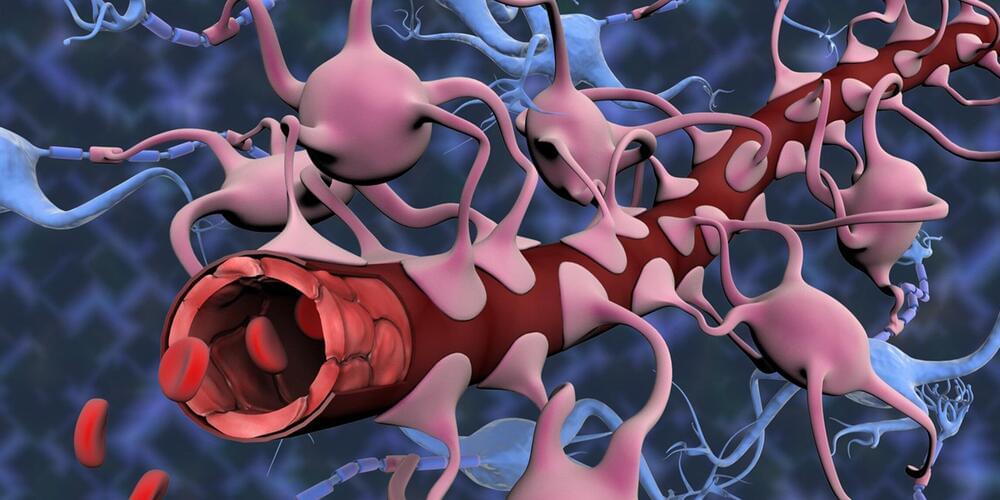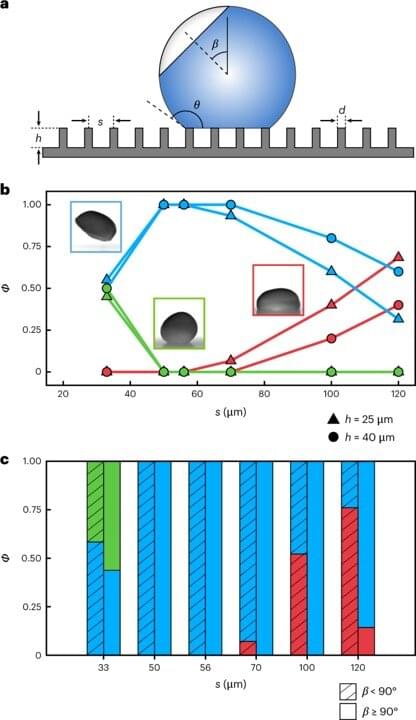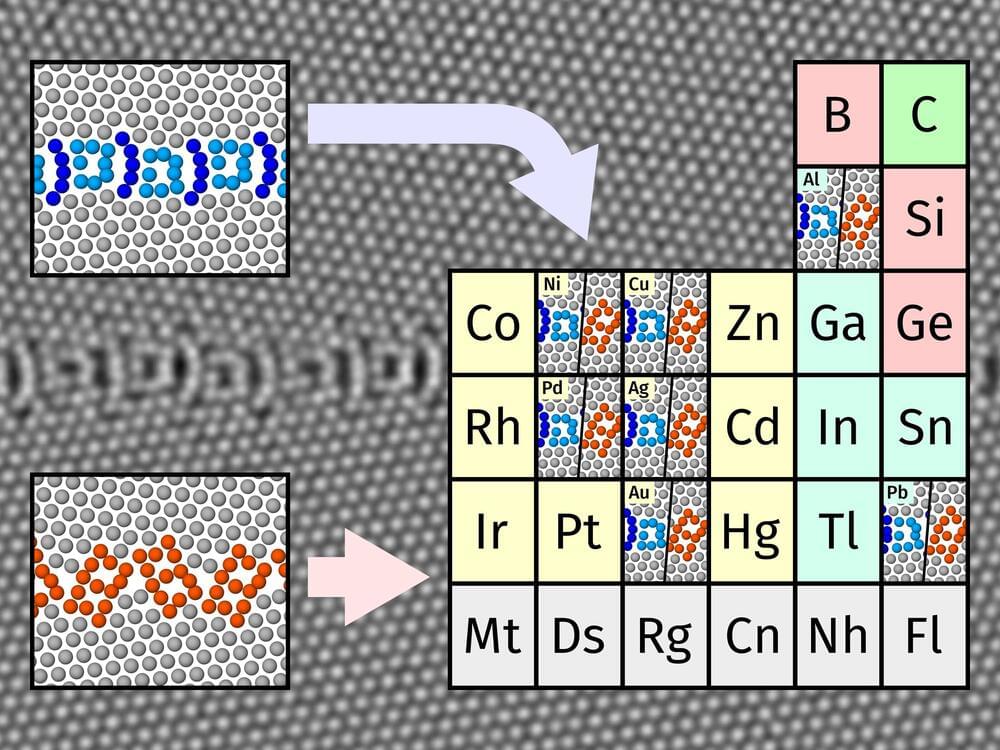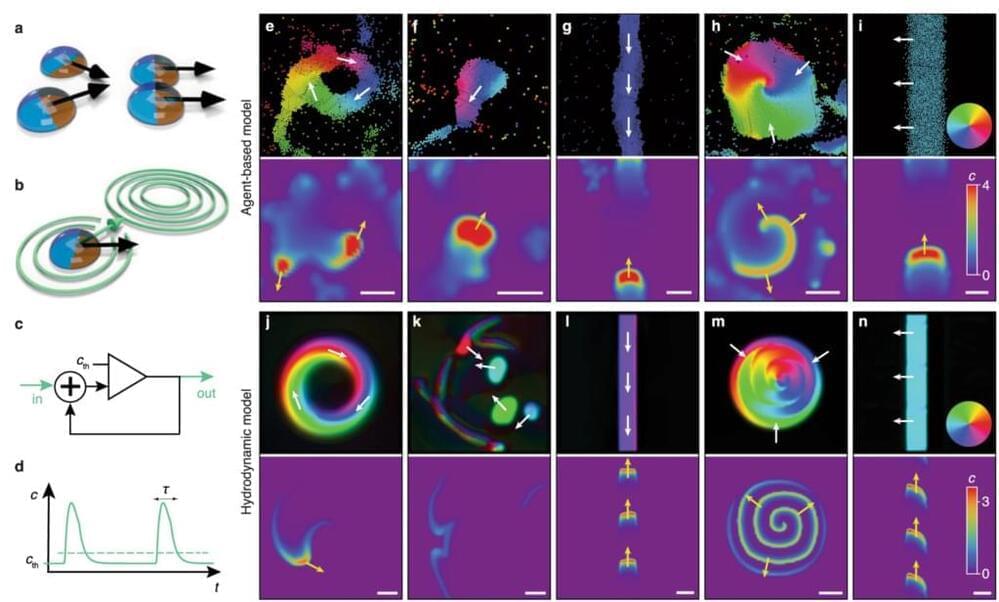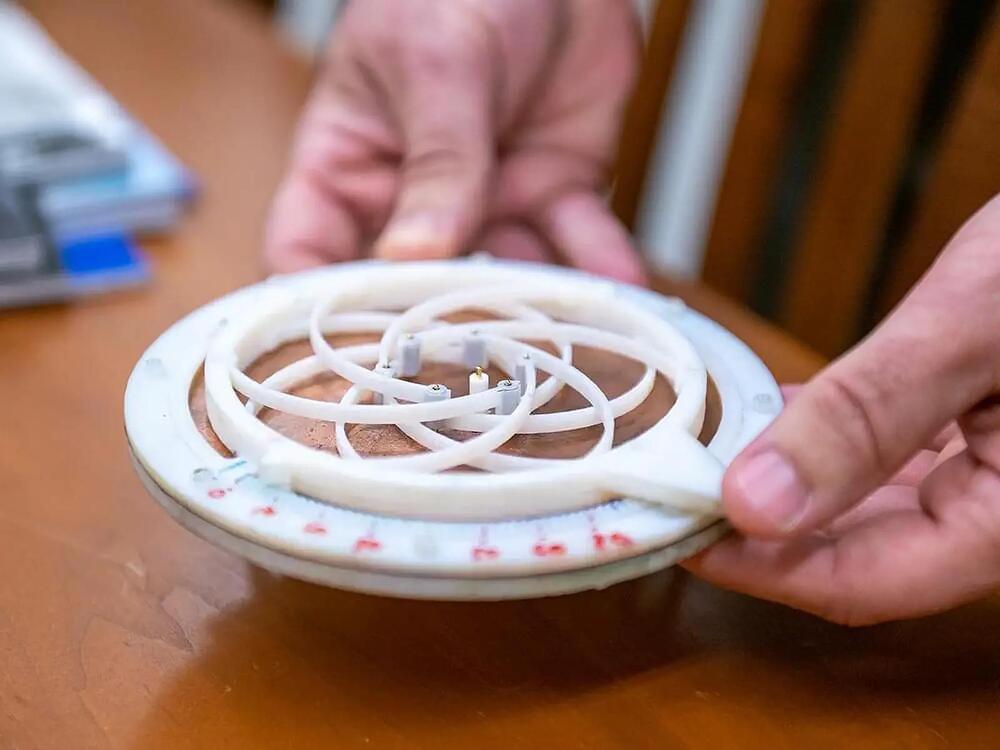Electronic devices generate heat, and that heat must be dissipated. If it isn’t, the high temperatures can compromise device function, or even damage the devices and their surroundings.
Now, a team from UIUC and UC Berkeley have published a paper in Nature Electronics detailing a new cooling method that offers a host of benefits, not the least of which is space efficiency that offers a substantial increase over conventional approaches in devices’ power per unit volume.
Tarek Gebrael, the lead author and a PhD student in mechanical engineering, explains that the existing solutions suffer from three shortcomings. “First, they can be expensive and difficult to scale up,” he says. Heat spreaders made of diamond, for example, are sometimes used at the chip level, but they aren’t cheap.

